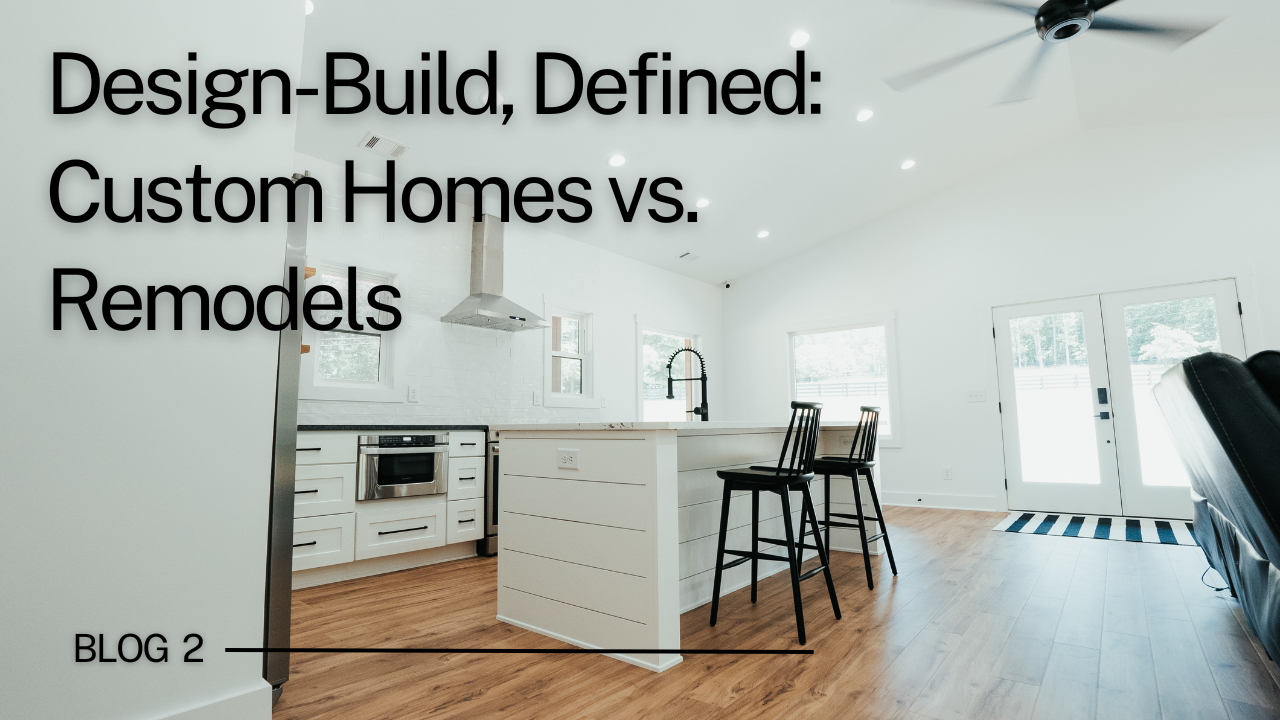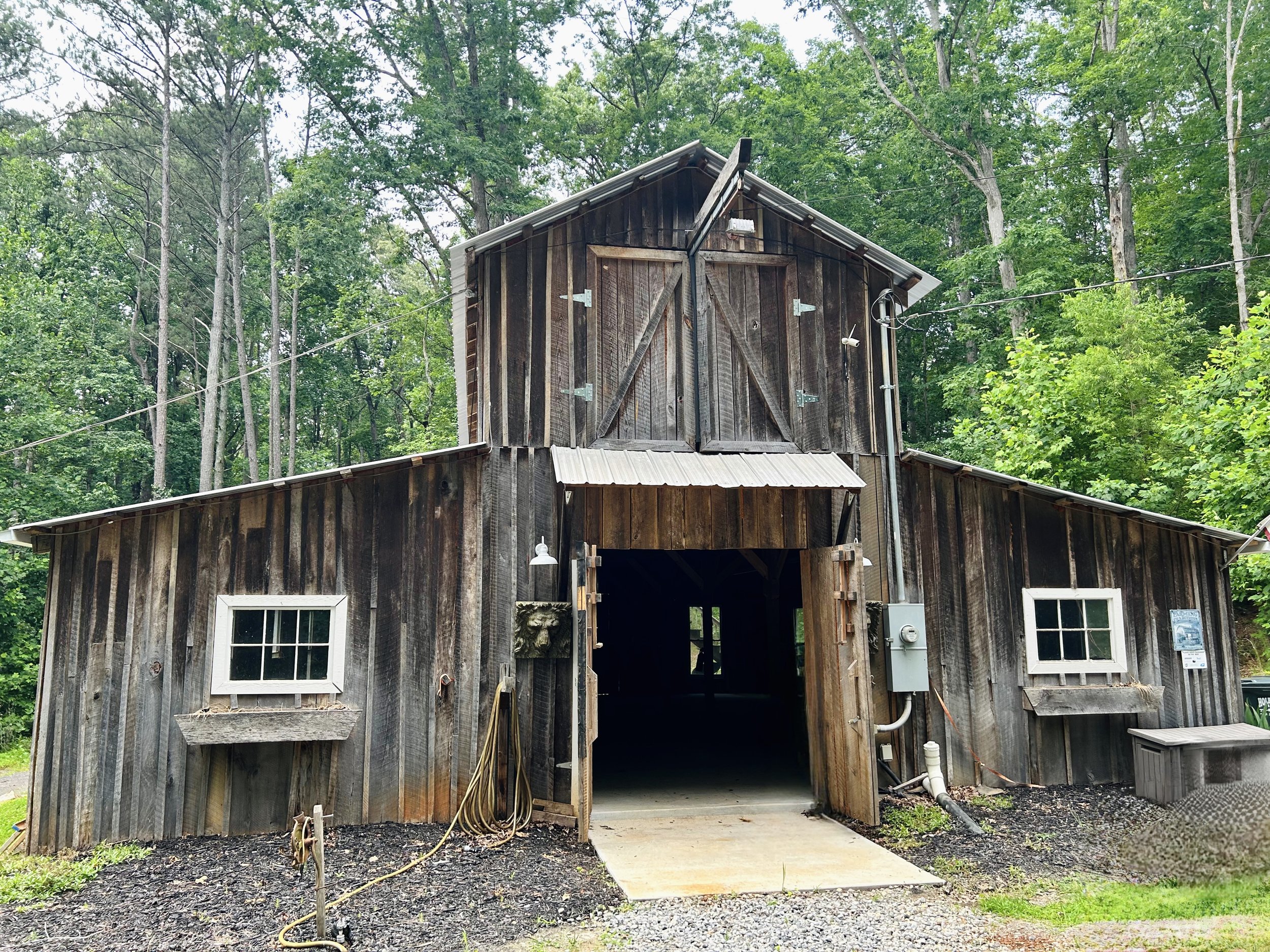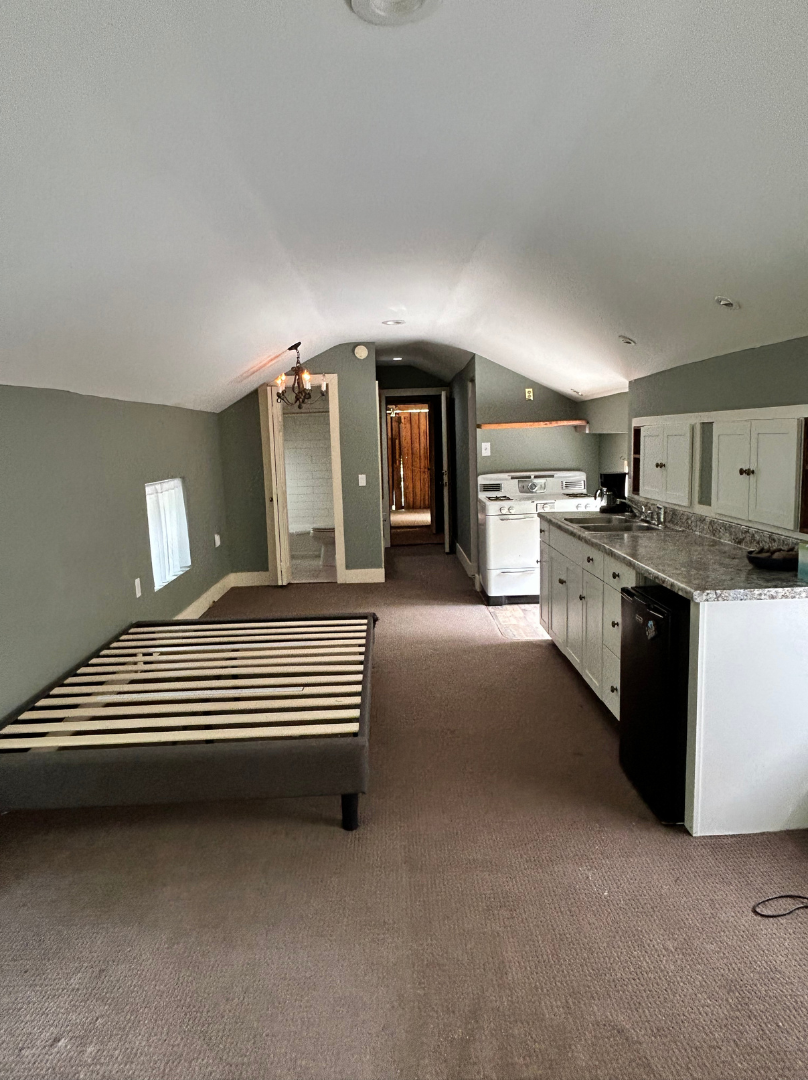Design-Build, Defined: Custom Homes vs. Renovations
Two Paths, One Process
When you're deciding whether to build a custom home from the ground up or remodel your existing space, the process can feel overwhelming. While the goals may differ, one thing remains consistent: a well-managed design-build process brings clarity, structure, and peace of mind to both paths. At Howland Homes, we use the same trusted approach to guide clients through either journey, but how that journey unfolds depends on where you're starting.
The Design-Build Advantage
Design-build is a full-service model that integrates both the design and construction phases under one roof. That means one team plans, manages, and builds your project from start to finish. This method eliminates communication breakdowns between architects, builders, and subcontractors and allows decisions to be made in real time, with a clear understanding of budget, feasibility, and timeline.
Whether you're dreaming of a fully custom home or reimagining your current space, design-build gives you the tools to move forward with confidence.
Custom Homes: Starting with a Blank Canvas
A custom home begins with a clean slate. Through the design-build lens, this means we can consider every possibility from the start: where the house sits on the lot, how the rooms connect, how natural light enters, and what layout best supports your lifestyle. There are fewer unknowns during construction because the entire structure, from the foundation to the roof trusses, is thoughtfully planned and engineered ahead of time.
We work closely with clients through architectural drafting, permitting, and material selections, then seamlessly transition into production. With one team guiding the process, the design isn't just a concept—it's a framework that informs every step of the build.
Renovations: Working Within the Frame
Renovations bring their own set of challenges and opportunities. While the design-build process still applies, it's shaped by existing conditions: structural elements that must remain, systems that need updating, or layouts that require creative rethinking. Surprises are more common in renovations, whether it's outdated plumbing behind the walls or framing that doesn't meet code.
This is where the benefit of a unified team really shines. Because design and construction are managed together, our team can adapt quickly when surprises arise, adjusting plans and coordinating trades without costly delays. Every detail is mapped out with both design vision and build feasibility in mind, ensuring the final result is cohesive, functional, and seamless.
What Stays the Same in Both
Whether you're building new or remodeling, our approach remains consistent:
One team from concept to completion
Clear communication at every phase
Design decisions rooted in real-world construction knowledge
Real-time budget planning and scheduling
A focus on craftsmanship and lasting value
Which One Is Right for You?
If you're considering a project but unsure which path makes the most sense, start by asking:
Are you happy with your current location and structure?
Is your home worth investing in long-term?
Do you need more space, better flow, or updated systems?
Sometimes the right decision is to build new and start fresh. Other times, a thoughtful remodel can bring new life to a home you already love. Either way, we approach each project with the same goal: to deliver a home that feels intentional, functional, and tailored to how you live.
One Method, Many Possibilities
Design-build isn’t just a construction method—it’s a philosophy that values clarity, collaboration, and efficiency. Whether you're building from scratch or working within existing walls, this approach ensures your vision and your reality stay aligned.
At Howland Homes, we bring this mindset to every project. If you're ready to explore what’s next for your home, we’re here to guide the process from the first sketch to the final nail.









